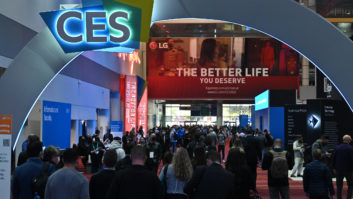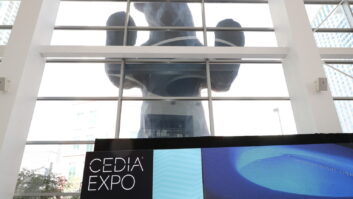LOUISVILLE, KY. – As we pulled together another year of the Top 100 Retailers and the Top 20 E-tailers, it became apparent who the real winners are in the growth of consumer electronics e-tailing.
You might be inclined to say it is Amazon, Best Buy, Walmart or even Newegg. com; however, examining the trends from the past five years, you see a marketplace so focused on developing multichannel strategies to ward off the likes of the Amazon’s that you might miss out on who has benefitted the most: the consumer.
With e-tailing came greater availability of products and much more transparent pricing. Toss in product convergence, and it becomes much clearer that CE consumers have been the real winners during this period of e-tail insurgency.
As access to e-tailing began to expand and consumers found they could get higher-ticket products cheaper online, the gap between what was paid online and what was paid in-store was significant. As the likes of Best Buy and others responded, those price gaps began to shrink. What has been left is a market landscape where prices on those higher-margin products have declined so greatly that now all retailers struggle to find categories where margin opportunities remain.
As an owner of one of the top CE retailers told me last fall, “I now have to sell a whole lot of TVs to get the margin I make by selling one mattress.”
Let’s face it: Amazon has done an amazing job, and our report shows they own the online CE channel. But while our TraQline survey data indicate they have been able to triple their market share since 2008, they still sell only half of what Best Buy sells in total in the CE category. This Amazon surge combined with some other business issues had Best Buy reeling for only a little while. New multichannel initiatives, like in-store pickup of online orders, where Best Buy sees three times the ship-to-store activity as the industry, appear to be working. The No. 1 CE retailer has rebounded in the past two years to regain previously lost share, and now owns over one-quarter of the market.
And as prices continued to drop, Walmart revamped its CE departments, upgraded its online capabilities and delivered significant results — enough so to place third on our Top 20 E-tailer list.
But what has been the cost of this war of attrition? Looking at TVs as the prime example of the effect e-tailing can have on the marketplace shows why consumers are the clear winners. TV prices in 2013 were 38 percent lower than in 2008, and online prices were down 46 percent. Yet 2013 shipments were 10 million units higher than 2008, and many of the TVs sold in 2013 were more technically advanced than their predecessors. We estimate $5 billion in revenue have left the retail TV industry over the past six years. (See comment from retailer above.) While the TV category is the most notable example of this, it is by no means the only one that has felt this effect.
While the big retailers have been able to find a way to deliver sales growth in a world of hypercompetitive e-tailing, it has come at the expense of others and at a cost to the industry overall. It’s good to be a consumer these days.
Bob Tancula is research VP at The Stevenson Company, a leading market research and analysis firm and TWICE research partner.













